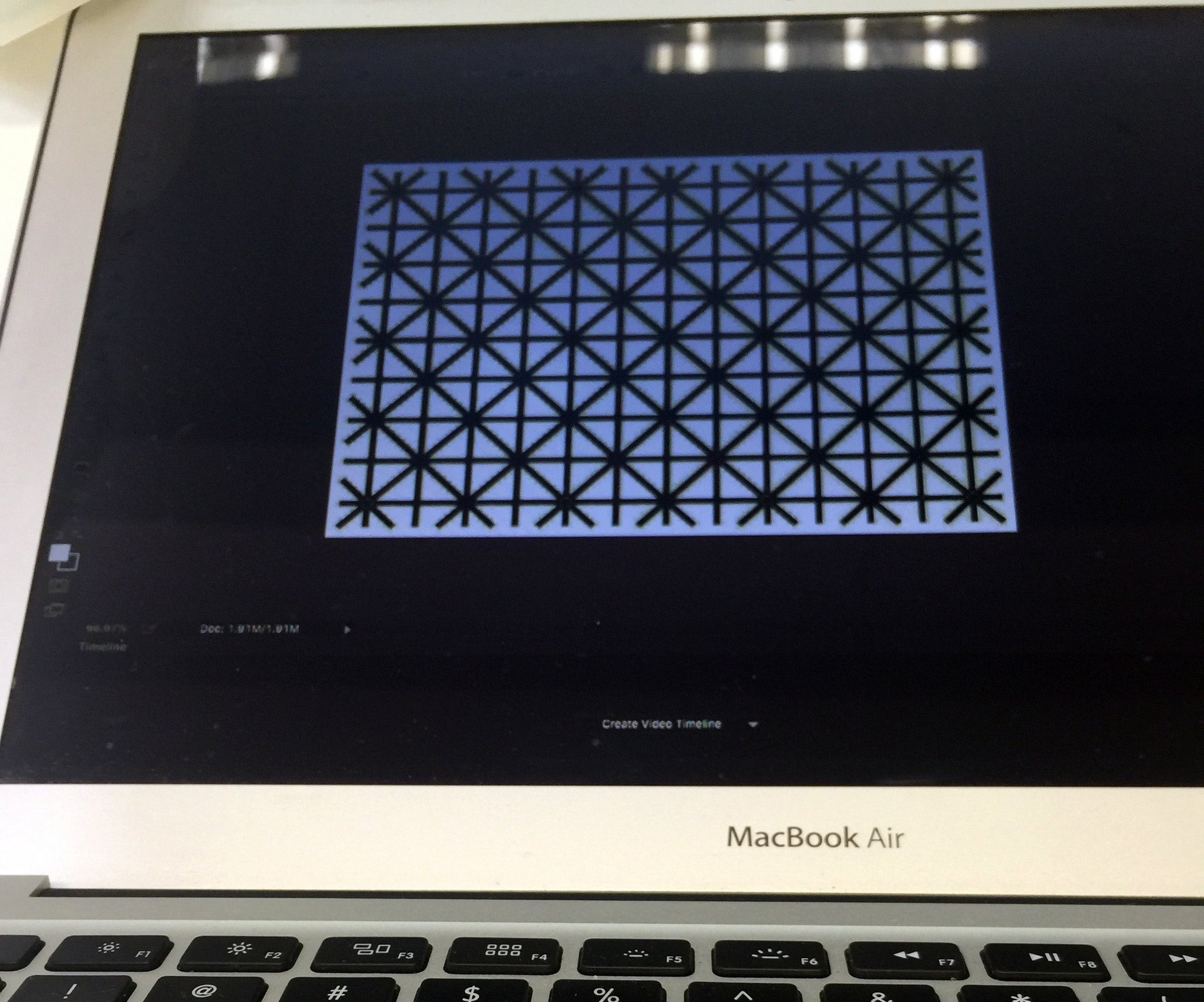How to see all 12 dots in this mind-boggling optical illusion
Stare at the image below. How many black dots do you see?

Stare at the image below. How many black dots do you see?
There are actually 12 black dots, but as Akiyoshi Kitaoka, the psychology professor at Ritsumeikan University in Kyoto, Japan, recently noted on Facebook, most people won’t be able to see them at once.
The image that Kitaoka posted on Facebook is a variation of a well-known optical illusion called the Hermann Grid, named after Ludimar Hermann, a German scientist who published it in a journal in 1870. When you look at rows of dark squares and stare at a single white space between them, you’ll notice other similar spaces on the grid appear grey.
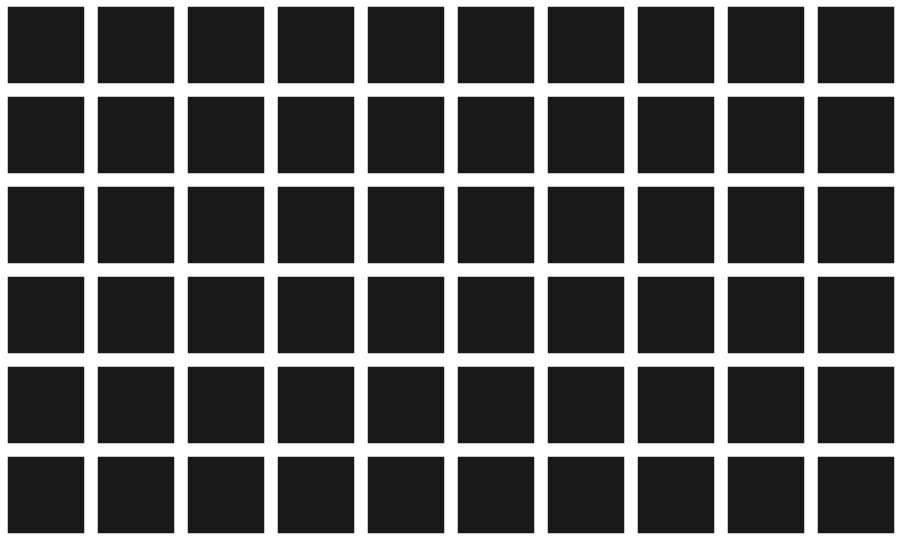
The Hermann grid is known as a “robust illusion,” because it works on everyone and observers don’t adapt to it. Such illusions are rare, which led the Hermann grid to get a lot of attention from scientists across the world.
In 1985, JR Bergen found a variation of the Hermann grid that produced a different effect. If you blur the grid, you’ll notice a scintillation effect, where black spots appear and disappear in quick succession at the crossing of the grey alleys.
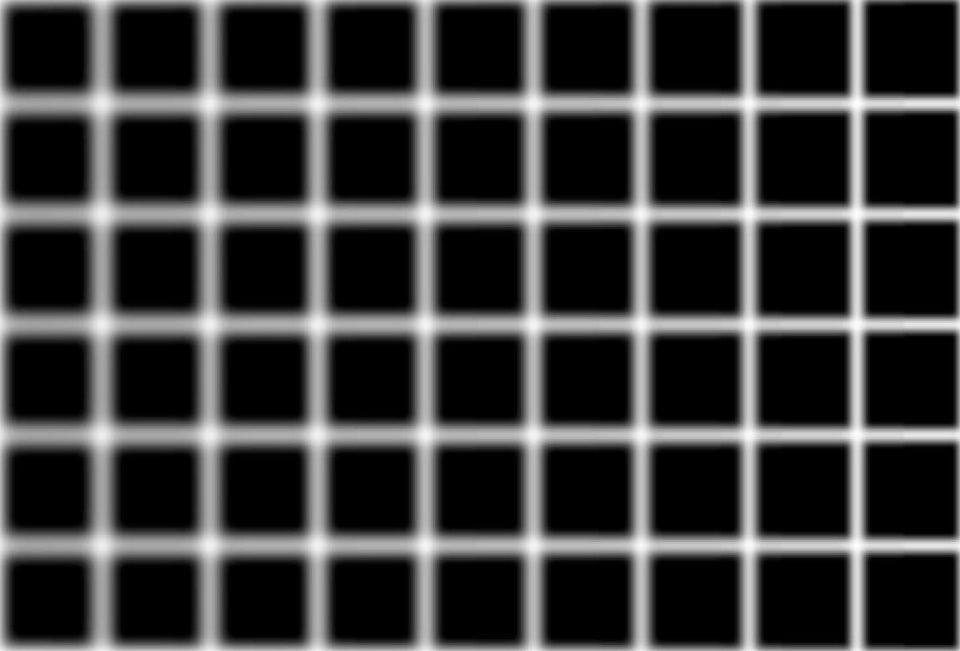
In 2000, researchers Jacques Ninio and Kent Stevens created variations on the Hermann grid and the scintillation effect. They found that putting actual white circles with black outlines where the alleys met and tilting the pattern would produce a new phenomenon, which they called the “extinction effect.”
Here’s how the scientists described the illusion in their study published in the journal Perception: “When the white disks in a scintillating grid are reduced in size, and outlined in black, they tend to disappear. One sees only a few of them at a time, in clusters which move erratically on the page. Where they are not seen, the grey alleys seem to be continuous, generating grey crossings that are not actually present.”
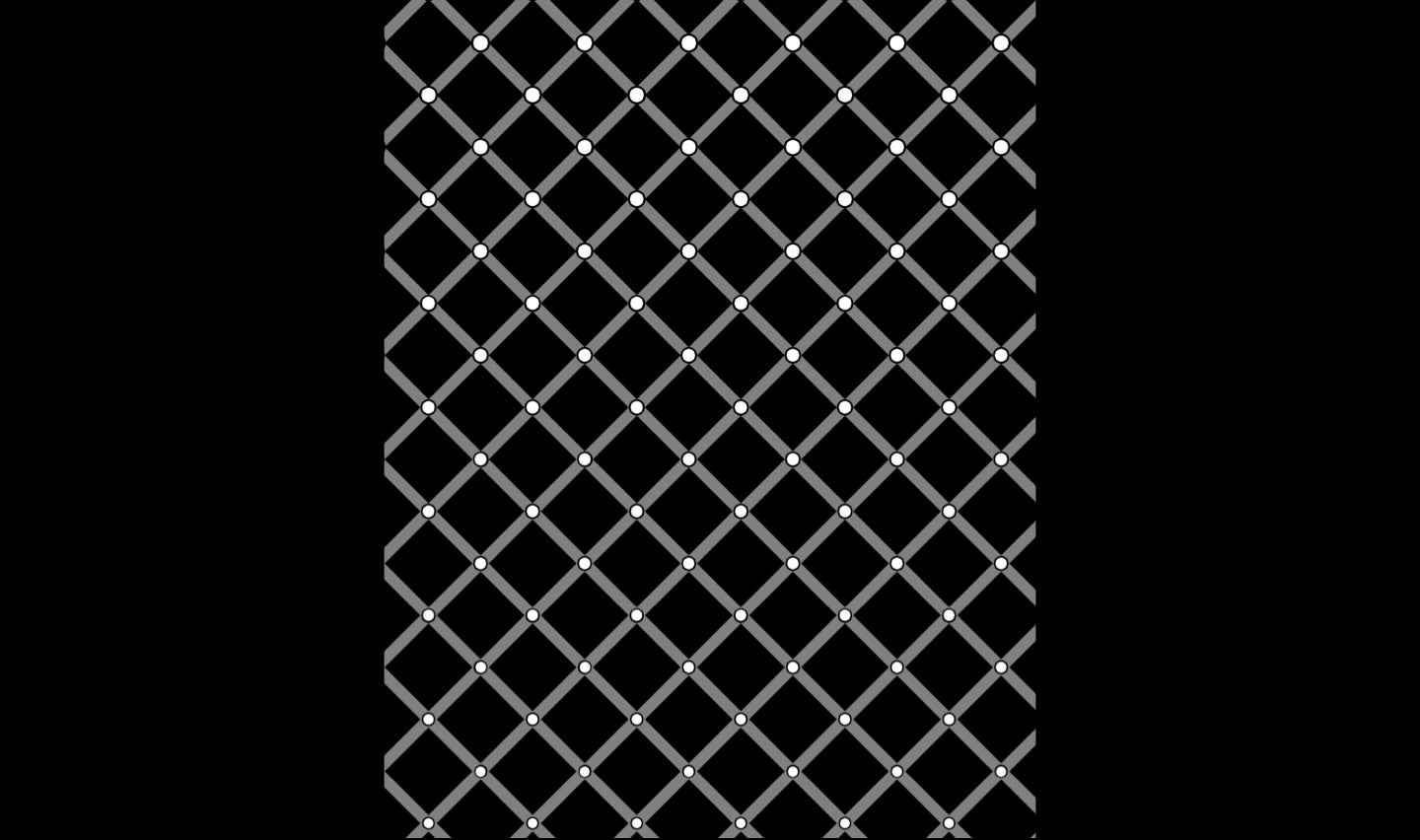
The scientists said that the illusion should work in reverse contrast too (black on white instead of white on black). The 12-dot illusion makes use of the principles used in Ninio’s and Stevens’s work.
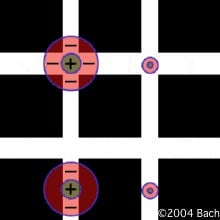
One theory is that it works because of a phenomenon called lateral inhibition in your retina. To help you focus, ganglion cells in the retina increase the stimulus received at the point you are looking and decreasing the stimulus from areas around the point. However, applying that to the grid causes the cells to misperceive the stimulus it receives (four areas of decreased stimulus vs two areas of decreased stimulus).
Some scientists believe this confusion creates the illusion by turning the white dots that you are not focusing on seem invisible. (Others disagree: Peter Schiller of the Massachusetts Institute of Technology, for example, disputes that lateral inhibition is the full explanation for why we see the phenomenon.)
If the white dots in the image stand out more, your eyes are less likely to make those off to the side “disappear.” Compare the two images below: As the white disks at the intersection are made bigger, the phenomenon dissipates.
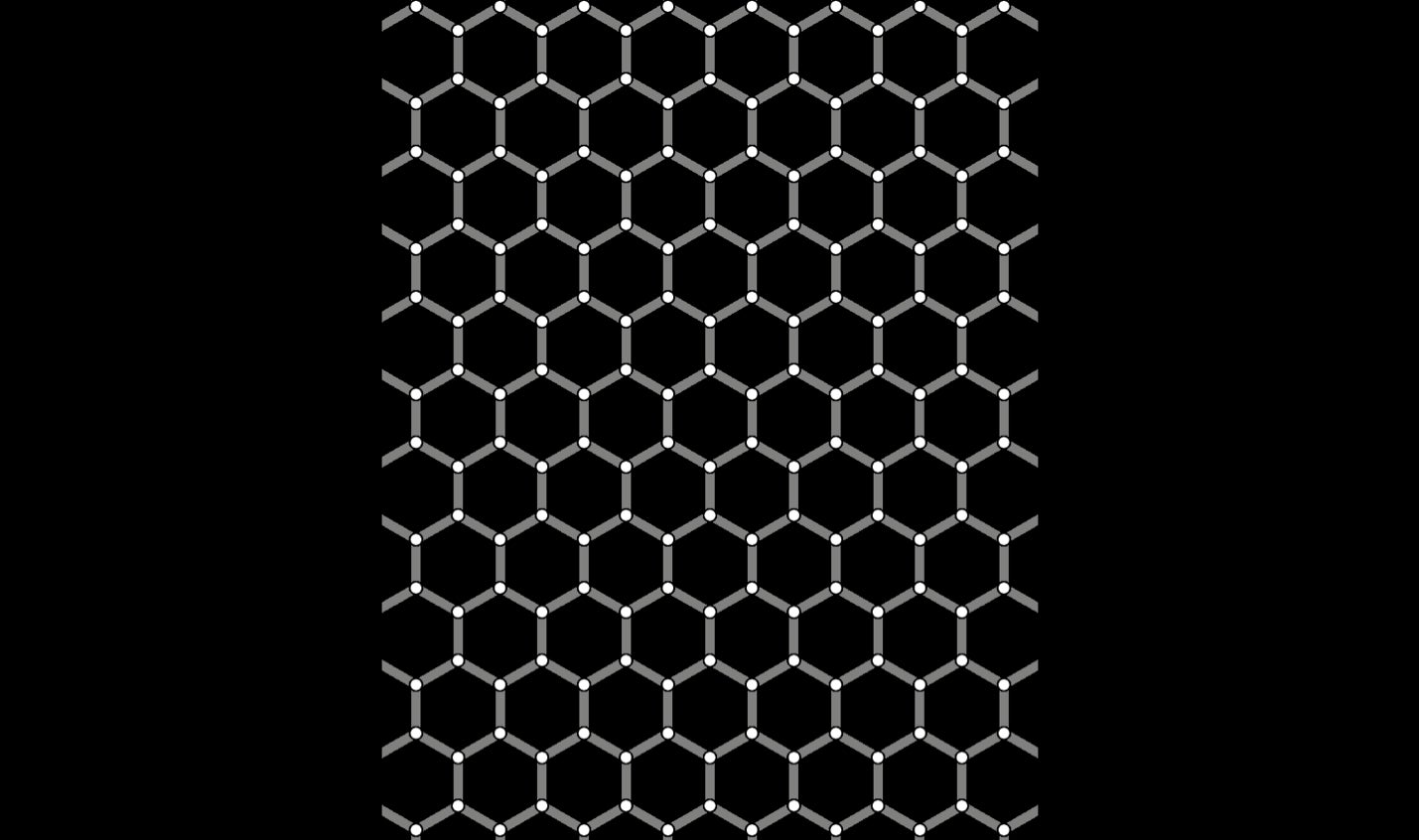
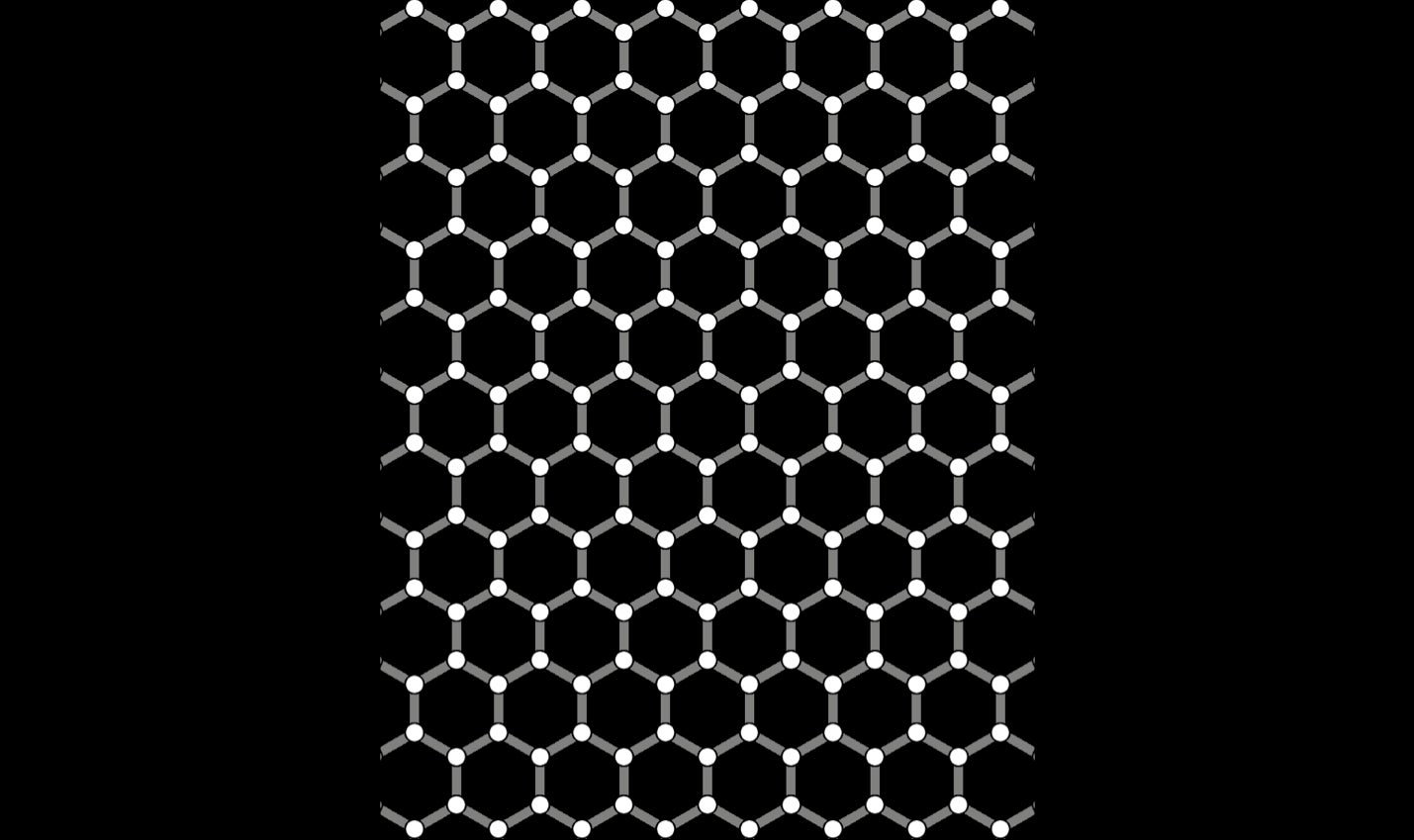
You can do one more thing to make the 12-dot illusion disappear. Look at the image on a laptop screen—then tilt the screen forward, and look at it again.
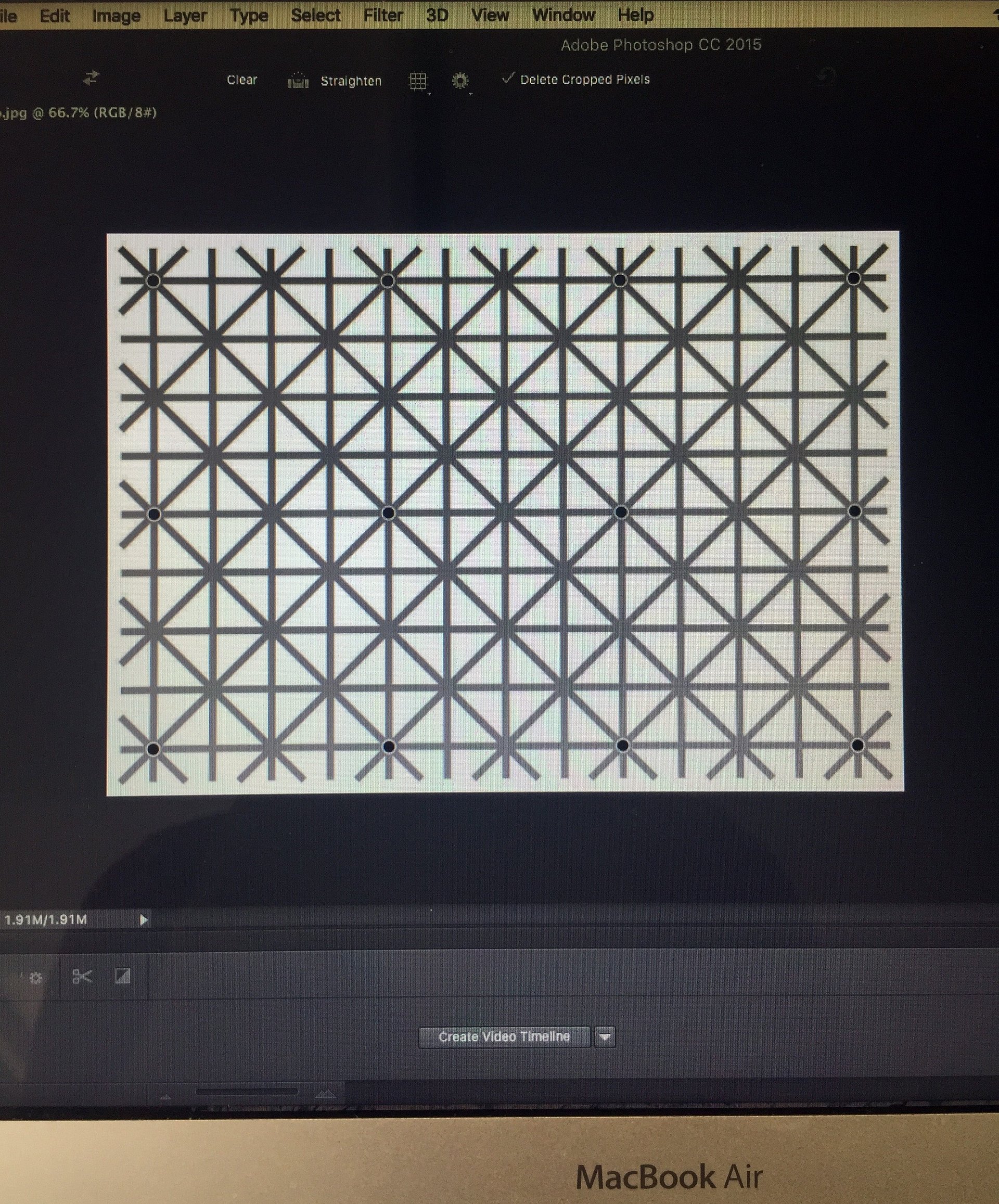
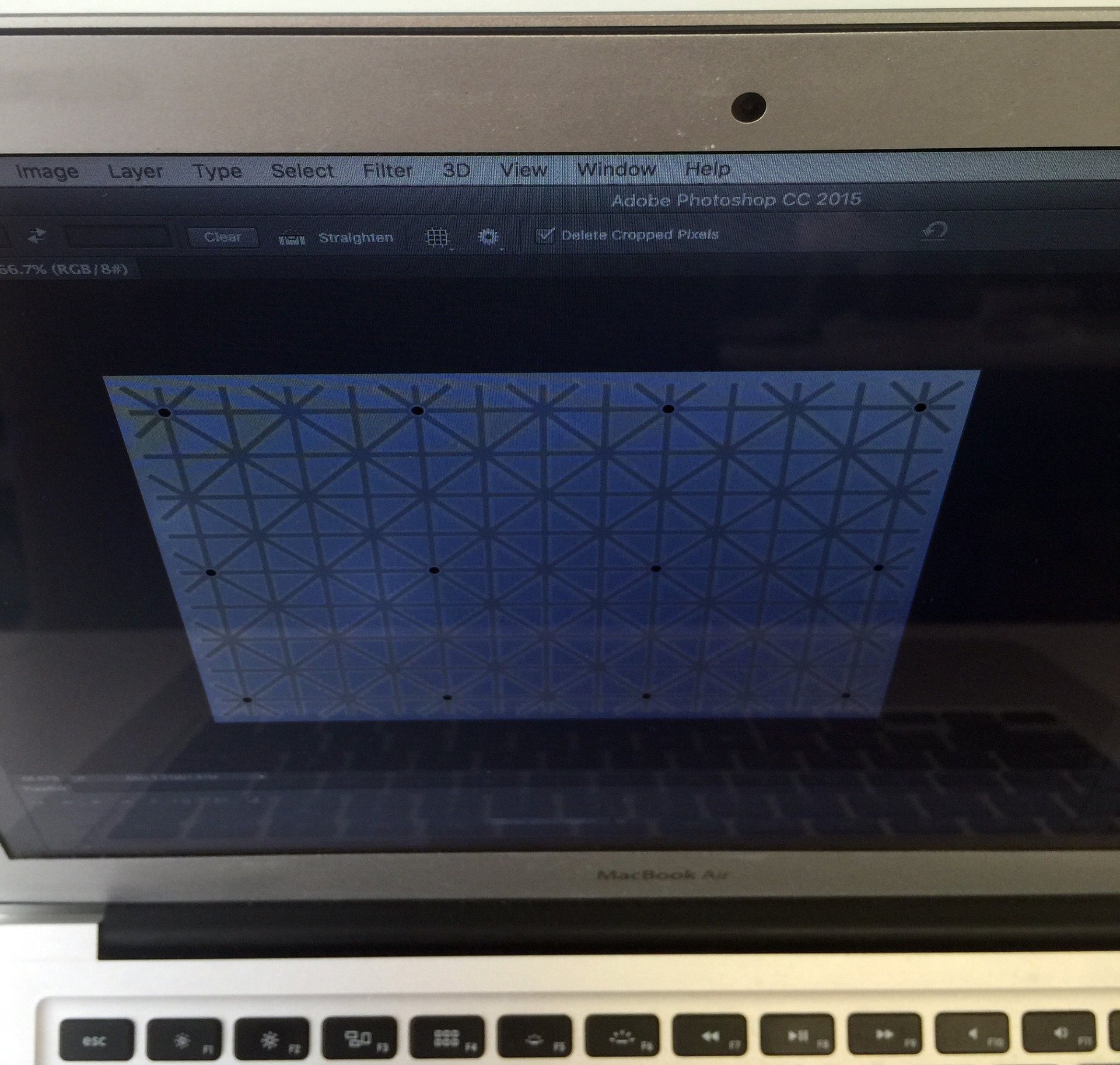
This works because a tilted screen increases the contrast, which makes the black dots appear more easily compared to the grey lines. Thus, your retina doesn’t suffer from the lateral inhibition that created original the illusion.
You can see this work in reverse, if you tilt the screen backwards. The decrease in contrast makes all the black dots disappear.
